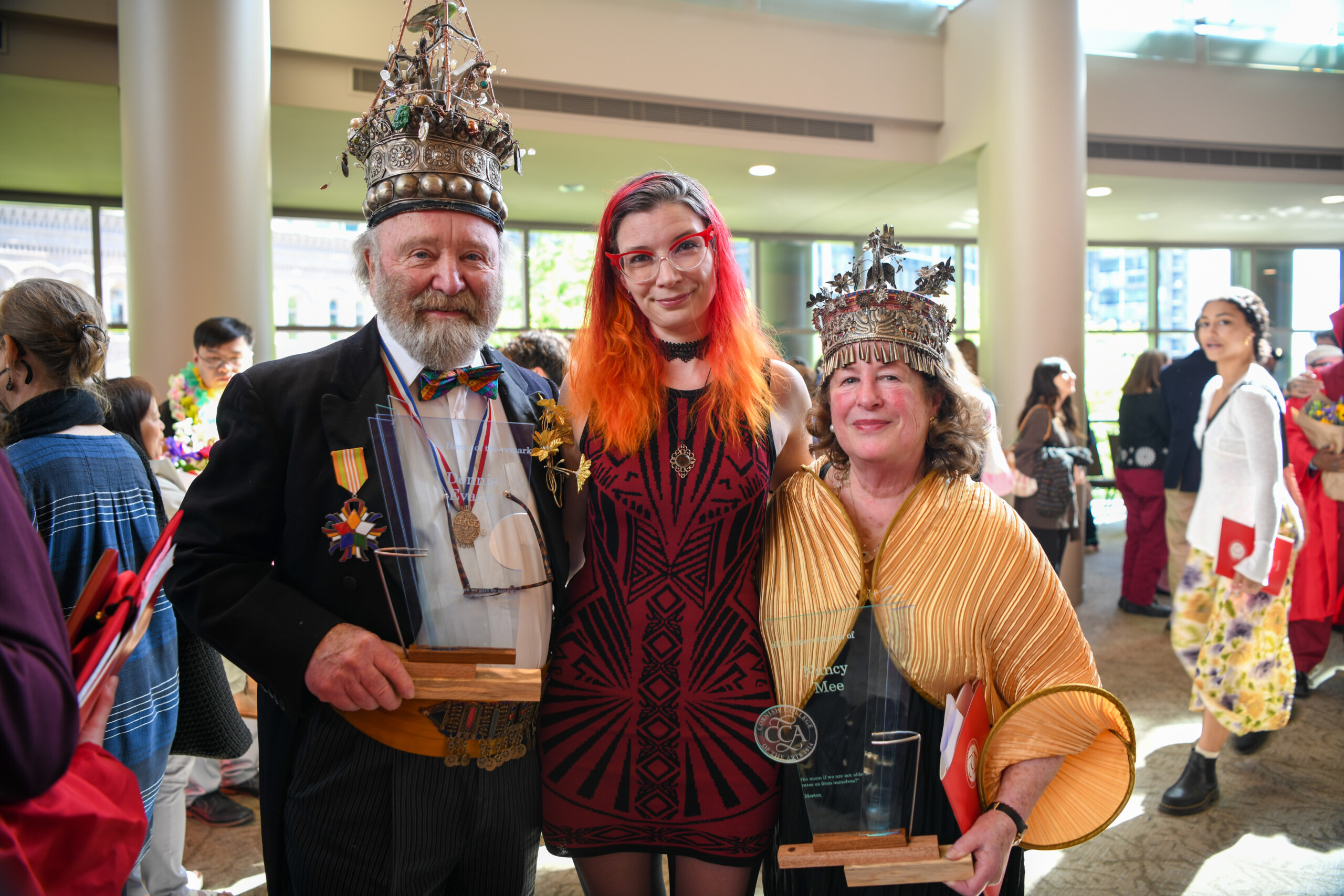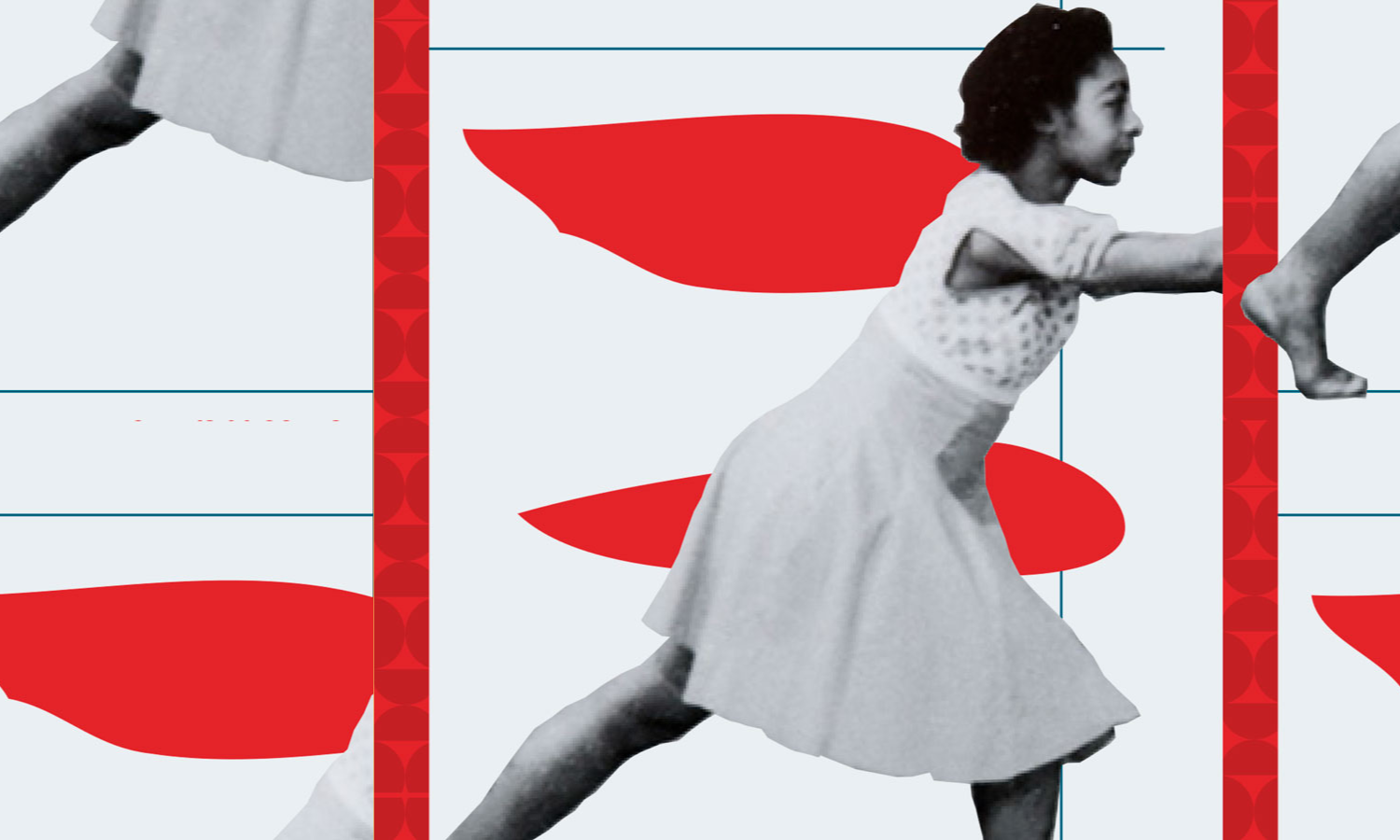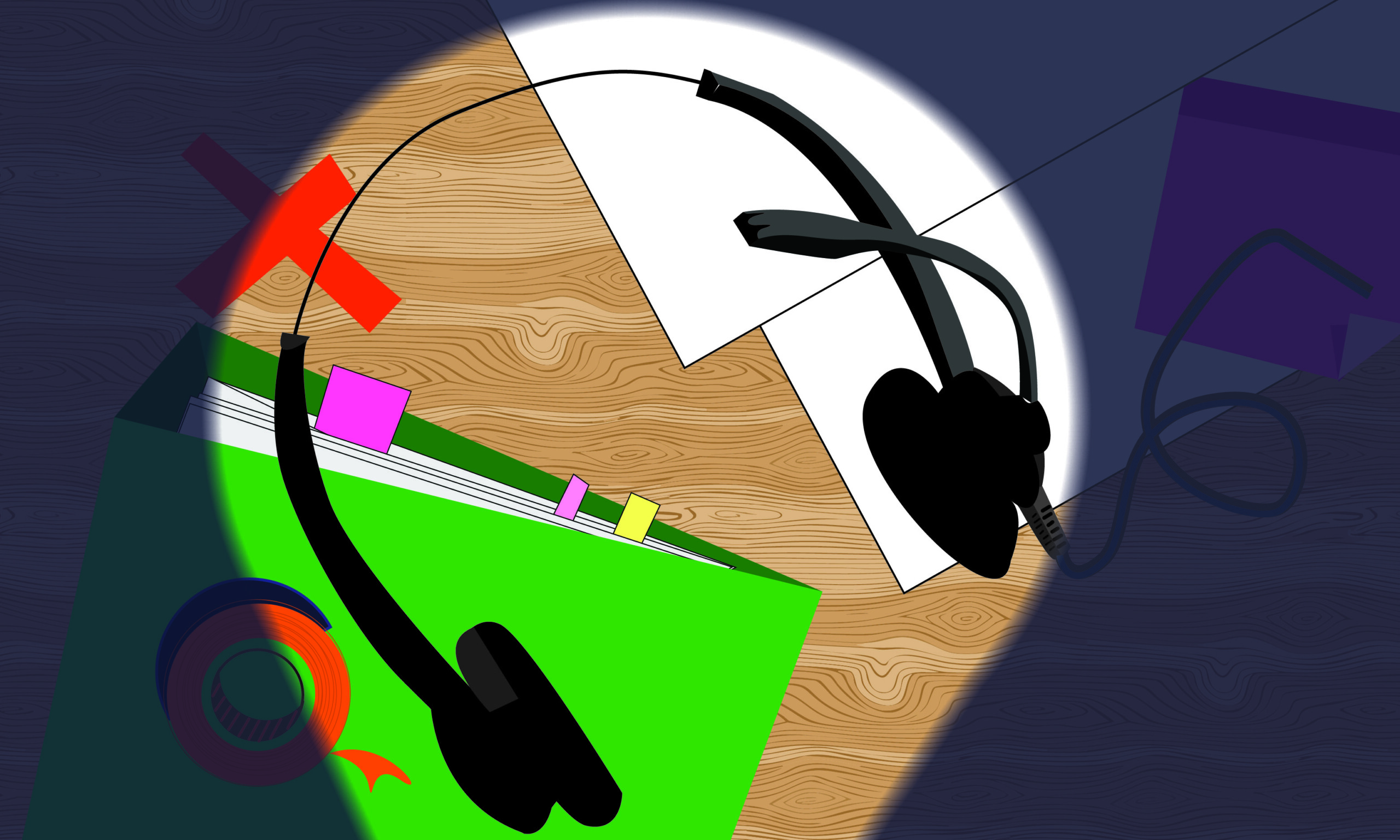Overcoming Creative Barriers
Interview by Winter Mallon (Musical Theater)
Adapting Stupid F&%*ing Bird and Making Theater in a Pandemic
In the fall of 2020, due to COVID-19 restrictions, Cornish was faced with the challenge of presenting their typical theater season in an online format. Unlike years prior, these shows were rehearsed and even recorded over Zoom calls with severely limited in-person interaction, making it an entirely new experience for everyone involved. Mikey Place, director of “Stupid F***ing Bird,” digitally connected with us to discuss his experience working on the show.

Q: Why did you choose to direct “Stupid F***ing Bird?”
A: I absolutely love “The Seagull” [by Anton Chekhov]. It has been one of my favorite stories for much of my adult life and the depth, relatability, and three-dimensionality of each character is as compelling as any story since Shakespeare. I love Chekhov’s plays because they deal with the same things that we struggle with as individuals navigating our journeys in a modern society: love, work, money, class, and time. The existentialism of these pieces in particular are a deeply fascinating question that I relish the opportunity to engage with. Aaron Posner’s adaptation is a fresh interpretation of many of these themes and the ways in which he creates a self-conscious theatrical space was particularly compelling. I was thrilled to have the opportunity to dig into this material with a stellar cast and production team last fall.
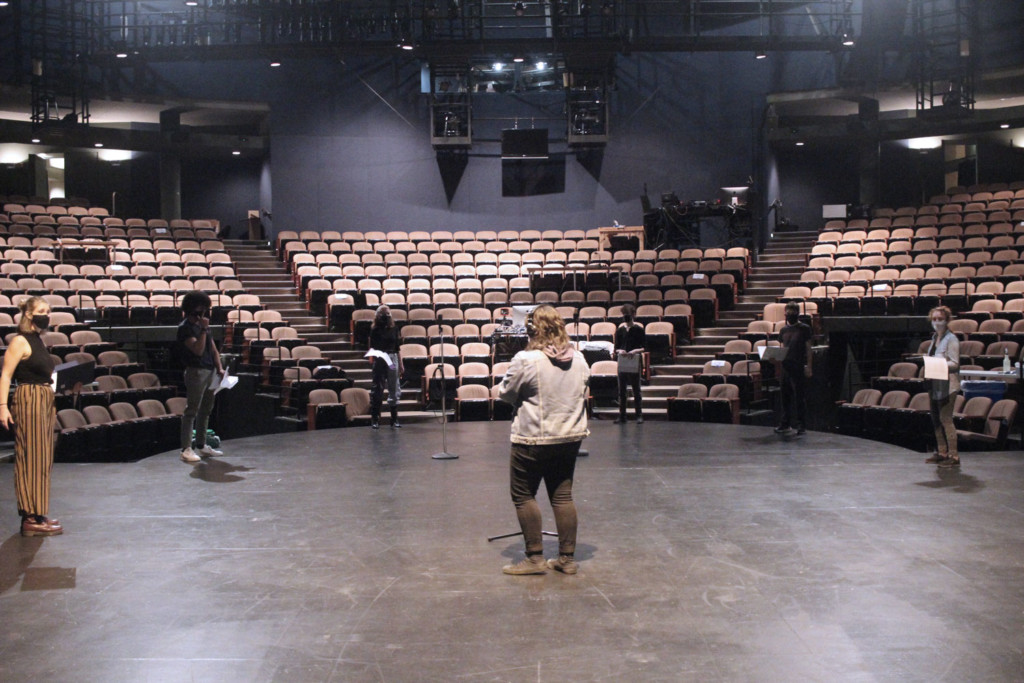
Q: How did your directorial process differ from previous years of in-person directing?
A: My process necessarily was required to adapt when approaching a project in this unfamiliar format; or worse, it was very familiar but in the context of meetings and not as a sacred creative space. My first task was to allow the cast to express themselves authentically and to imbue Zoom with meaningful possibility rather than allowing it to remain a space of distraction, exhaustion, and only partial adequacy. One aspect that surprised me about working in this way was that we need much less physical repetition and muscle memory since we were never going to perform the entire piece from start to finish in one sitting. This invited a more film-oriented rehearsal process where the core ideas, moments, objectives, etc. needed to be discovered and then the actors had the task of keeping the scenes fresh and present as opposed to impeccably rehearsed. Once a scene was ‘in the can’ it was done and we could move on completely to something else. In a few instances, we had to go back and re-shoot but for the most part the actors had a very different trajectory for their participation and execution of the moments of this story.
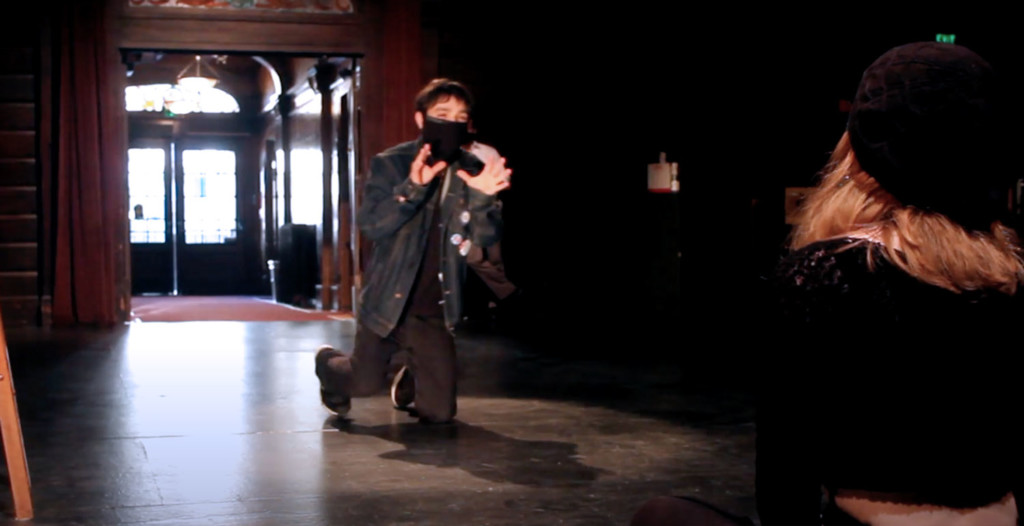
Q: How did the in person shoots work?
A: The in-person sections of SFB were shot like a short film. We used over the shoulder, wide master shots, had a boom mic that Andi operated, etc. Since Andi, our sound designer, was not able to get within 6 feet of even one actor, let alone two, the puzzle of syncing and editing sound after the fact was much more detailed than a normal film shoot, yet since the actors’ mouths were covered it was a bit easier to match sound to their lips. We went through a weeks long process with the provost’s office to determine the safest means by which we could capture the video and we, with Performance Production’s help, created a very tight schedule by which we could determine how many people would be in the room at a time and how to take breaks between calls to allow the air in the space to settle. It was a rush, yet with our preparation and willingness to adjust on the fly, we were able to get the shots we needed in a pretty efficient amount of time.
Q: How did the online portion work?
A: Online, we would send background images to the actors that I cut in advance to appear to be one extended location and our stage management team, Quinn, Emily, and Sam, our assistant director, would pin different actors to record while I captured the master with everyone in the scene. We provided everyone with greenscreens, usb mics, and cameras and did our best to create a fairly consistent visual and auditory standard so that the audience would not be distracted by the variance in each actor’s equipment. We knew that visual detail and variety would be important so we tried to create a visual identity to each relationship and scene so that the audience would have enough new information to receive to track the details of each moment as they accumulated to the climax of each character’s arc.
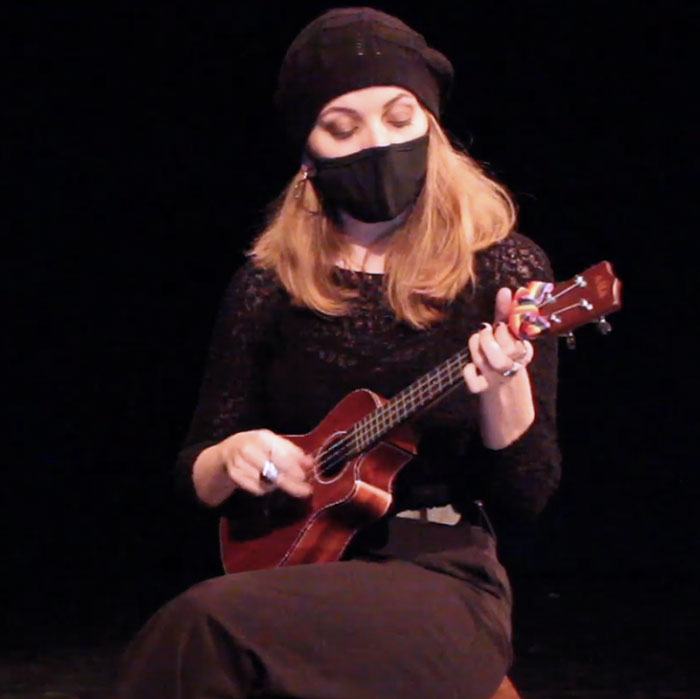 Q: What was the biggest complication in directing this show?
Q: What was the biggest complication in directing this show?
A: There were a slew of technical challenges that were impossible to predict on a given night of shooting. Actors’ computers would glitch, connections would be slowed creating lag, cameras would adjust their ratios mid shoot, etc. that required an extreme amount of patience as there was little we could do in a given moment at times. Ultimately, we learned to ask roommates to turn off Netflix and videogames for short periods of time, to reduce the amount of people on a Zoom call to minimize lag, etc. and then I would adjust timing in post to make sure the actors appeared to be synced up with the words they were saying.
Q: What was the best part of directing this show?
A: My favorite part of working on this piece was the resiliency of the creative team and their trust that we were on the path towards something meaningful. Early on it was very unclear as to whether any of our work would read as something worth watching and it became increasingly important for us to make a piece of art that could stand on its own without the asterisk of COVID. Due to the passion and hard work of this amazing team, I believe we approached something impactful with this material and that was very much in question as we began our process, moving mostly blind, towards the direction of ‘opening night.’ I love that we persevered into the unknown with a sense of play and joy in our work. I am very proud of the cast, production, and design teams for their relentless desire to create in this time of excessive creative barriers.
Photos provided by Mikey Place + screenshots pulled from the final performance.

